Puerto Princesa Scuba Diving & Snorkeling
Click on Logo
Palawan tide times for today, tomorrow and this week.
Top Scuba & Snorkeling Diving Spots In Puerto Princesa
Puerto Princesa is a coastal city located in the western island of Palawan in the Philippines. It is a famous tourist destination for its pristine beaches and gorgeous diving spots. The UNESCO underground river system is also part of the reason why tourists flock to this city. In addition, the rich biodiversity of the island is sought after by tourists who are into natural wonders and wildlife.
The best time to dive in Puerto Princesa is from November to May. The rainy season in Palawan is from June to December, so it is best to avoid diving during this time
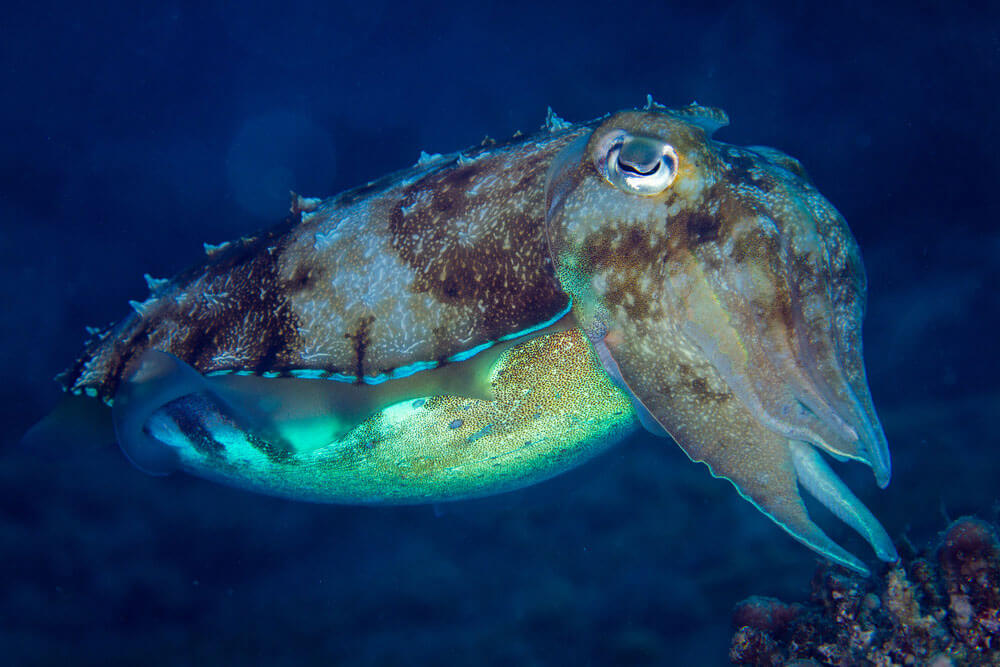
This site is for experienced divers looking for a more challenging dive in terms of depth. 20 meters (68 feet), reef fish including angelfish, barracuda, turtles, reef sharks, occasional dugongs, You may need a local guide to help you, but your efforts will be well rewarded with sightings of the reef’s namesake, the cuttlefish.
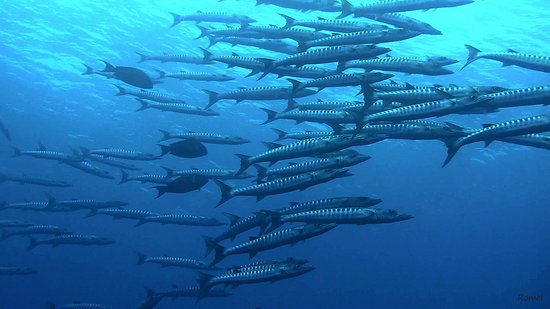
One of the most popular wrecks in Coron Bay for its beautiful fish life and easy access, lying on her starboard side at a depth of about 25 meters.The passenger-cargo vessel, built in 1907, was later commandeered by the British for WWI when she was captured by the Japanese and utilized by them in WWII. The wreck holds a large engine room and steel boilers that are still intact, making it a great dive for experienced and newly certified PADI wreck divers. Certification level: Open Water certification and up
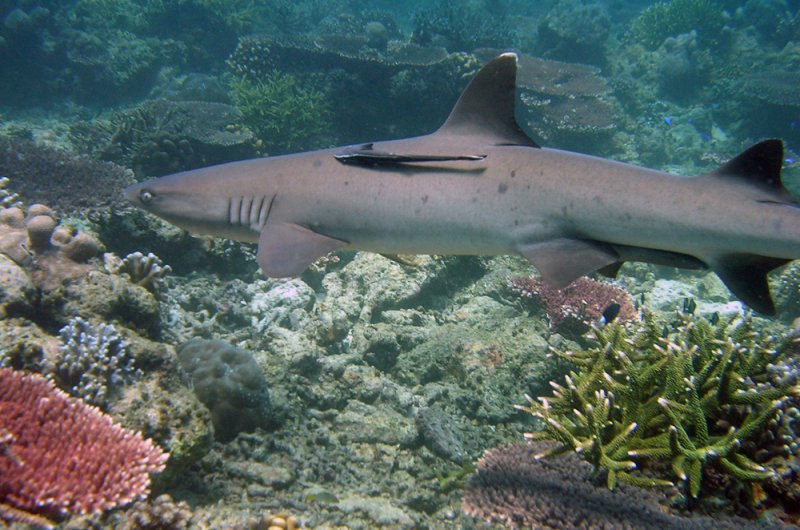
The Tubbataha Reef Marine Park covers 96,828 ha, including the North and South Atolls and the Jessie Beazley Reef. It is a unique example of an atoll reef with a very high density of marine species; the North Islet serving as a nesting site for birds and marine turtles. The site is an excellent example of a pristine coral reef with a spectacular 100-m perpendicular wall, extensive lagoons and two coral islands. Access From Boat Diver Level Novice Depth Average: 10 m Maximum: 25 m Visibility Average: 15 m Maximum: 20 m
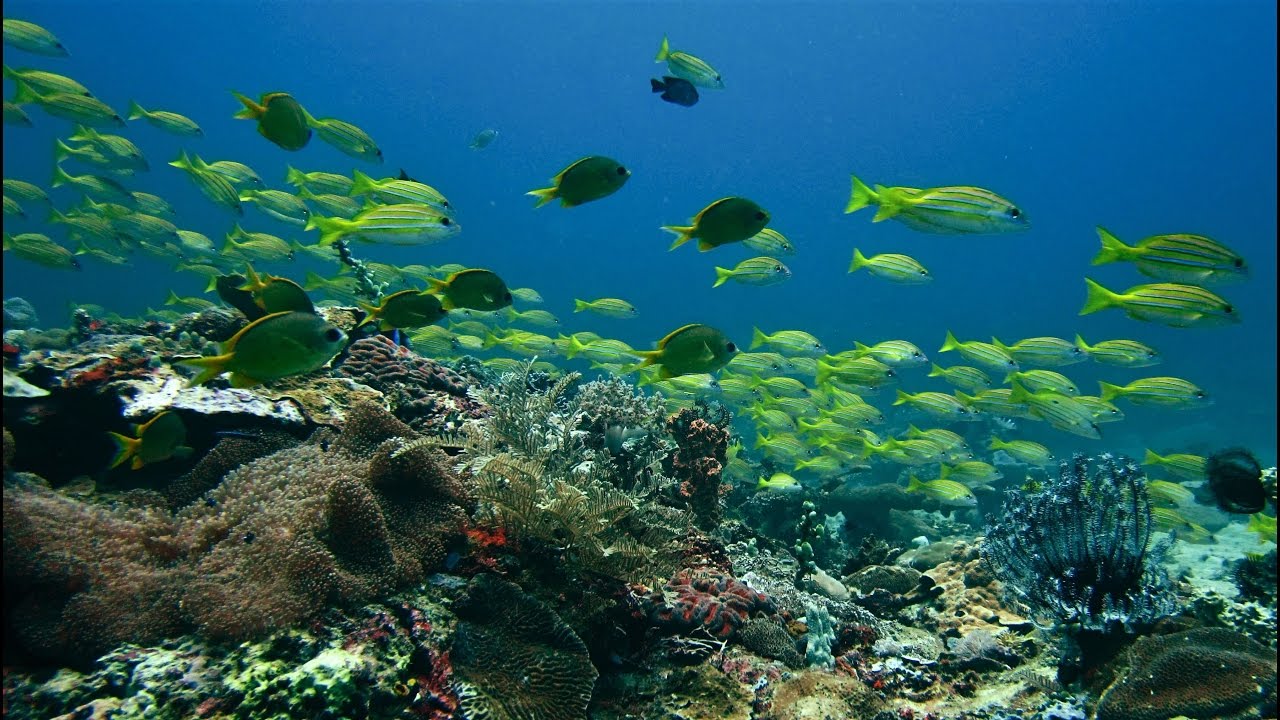
This is a small, shallow reef and there is a good variety of hard and soft corals. It is a breeding ground for blacktip sharks and juveniles are often seen. You are also likely to encounter sergeant-majors, snapper, wrasse and trevally. It is also a good night dive.
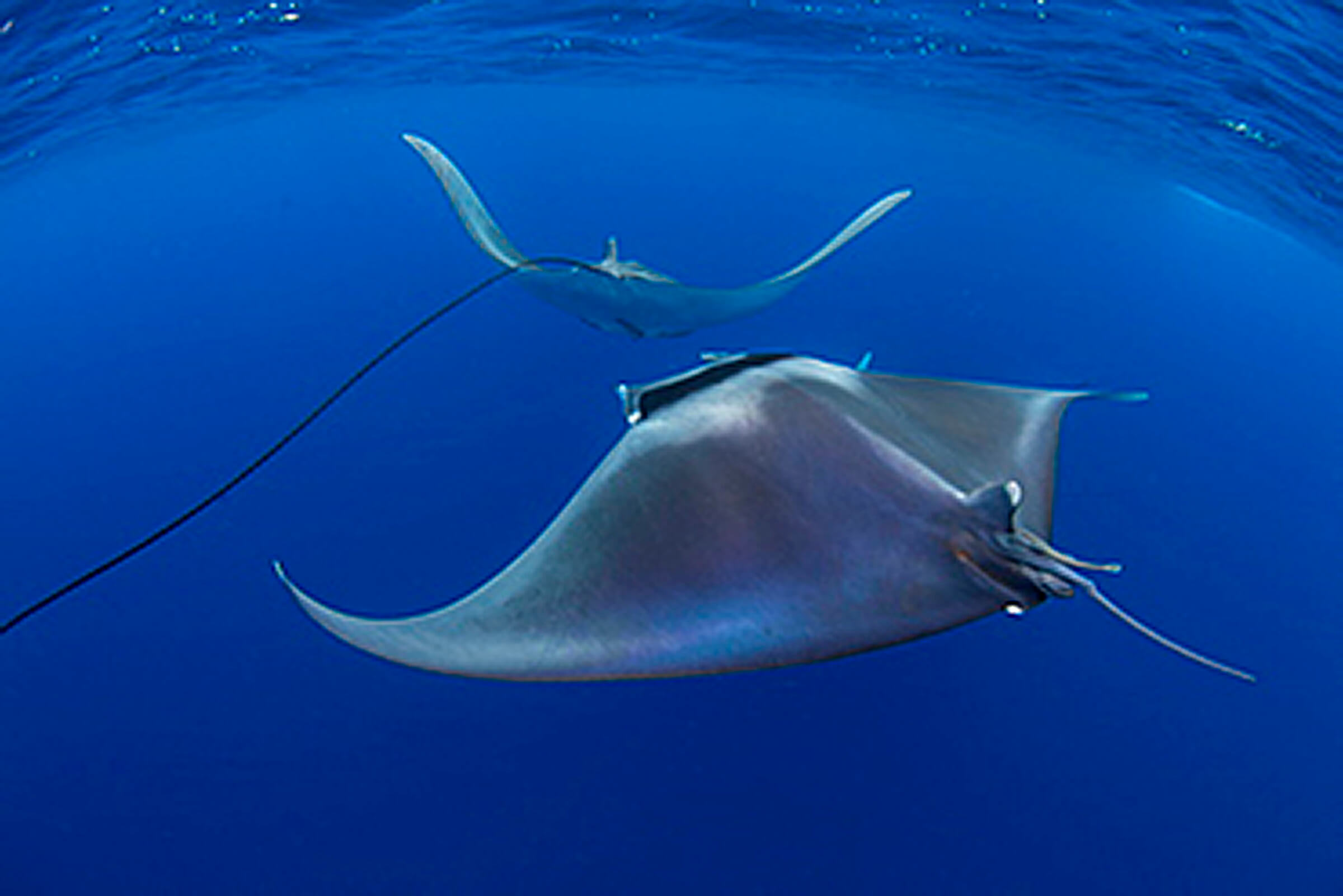
10 minutes away from the Puerto Princesa Bay by tricycle or “multi-cab” jeepney, Red Cliff is most ideal for beginners. This is usually where open-water dive training sessions are conducted. The wall is only about 20 feet deep and a novice does not need to dive very deep to see colorful corals, reef fishes and turtles swimming around them. As one goes deeper, one gets a better chance of seeing manta rays, whale sharks, and hammerhead sharks. Another nearby dive spot and similar to Red Cliff is White Beach.

Sandy area with interspersed corals starts at 12 meters (40 feet) and continues to 30 meters (100 feet), caverns, multicolored sea fans, sea pens, nudibranchs, frogfish, schooling reef fish, reef sharks and rays, strong current possible, experienced level
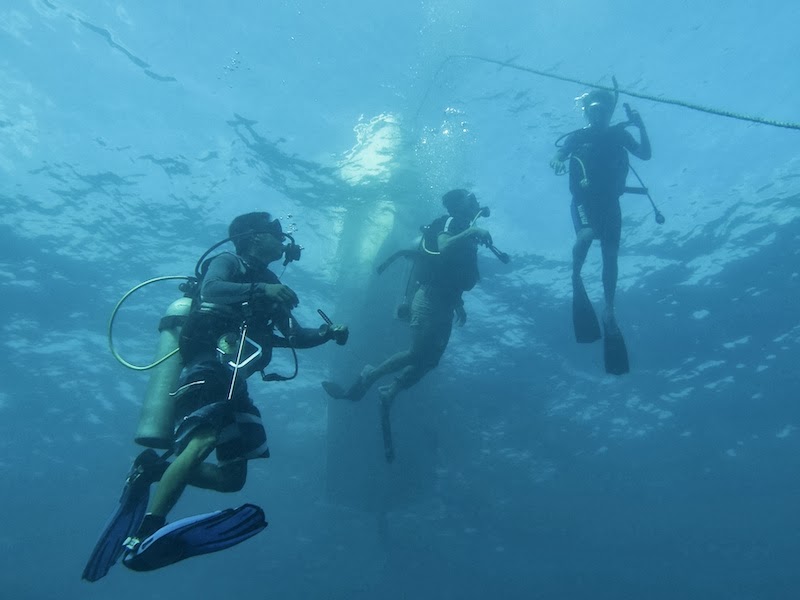
4-26 meters (12-85 feet), sand, grass and corals, good macro life, nudibranchs, moray eels, scorpion fish, frogfish, triggerfish, a variety of reef tropicals, turtles, strong current possible, good drift dive, experienced level
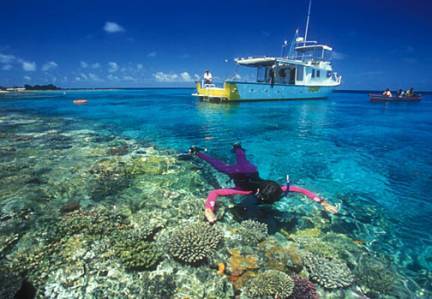
With a total of 17 hectares made up of pristine sand, turquoise waters, and an immaculate nature sanctuary, Isla Pandan is a true must-see destination in Puerto Princesa, Palawan. Great for snorkeling and if you wish to learn to scuba dive, it offers a great intro course.

This fringing reef is characterized by a small wall that drops off from 5 to 10m. The wall is pocked with lots of caves and crevices. This is a good site for underwater photographers and snorkelers will enjoy cruising over the extensive reef system.

Black Rock is a dive site featuring a gently sloping plateau, located on the north east of South Atoll. The healthy coral reef offers a variety of species here. The current ranges from light to moderate. Black Rock is well-known for its population of white-tip sharks as well as nurse sharks, titan triggerfish and surgeon fish. Other species include rainbow runners, boxfish, frogfish and filefish swimming past table corals and gorgonians. This reef has many smaller critters as well, such as various shrimps, lobsters, crabs and abundance of bright nudibranches. Average: 15 m Maximum: 25 m, Visibility Average: 15 m Maximum: 30 m Good for novice and above.

Jessie Beazley Reefs include North and South Ends, White Sand Cays and Reef shark point diving sites that are well known for their slopes, drop-offs and gorgeous coral reefs. Currents can be quite unpredictable, fast changing and reaching more than 2 knots. Divers have a chance to spot different types of sharks around this dive site. Other bigger fish include manta rays, groupers, barracudas and mackerel. The smaller species occupying these waters include frogfish, trumphetfish, lionfish and countless bright and colorful nudibranches. There are quite a few different types of corals, stunning gorgonians, sponges and purple fans around these reefs. Diver level Advanced Depth Average: 10 m Maximum: 61 m Visibility Average: 10 m Maximum: 30 m
Why Palawan
Divers often remark on the breath taking experiences that they have been lucky to see, with such a diverse marine life and World War II ship wrecks to discover, it truly is a paradise. So before you plan your next beach vacation, remember that Palawan was Voted Best Island in the World again in 2020 for the fourth year in a row.
- Experience: many world class dive sites
- Reputation: Voted one of the best dive destinations in the world
- Guide Experience: Many certified guides available.
What You Get
Thousands of Nautical miles of open water to explore, herald Palawan as a water sports mecca.
- Sailing, surfing, diving, fishing – If you can think of it, then you are in the right place, a true paradise awaits you. Indulging your passion for the water is easy to do here in Palawan and limited only by your imagination.
- Transportation: Public, Private,Self Driven
- Great Facilities: Hostels, Pensions, Hotels, Resorts


